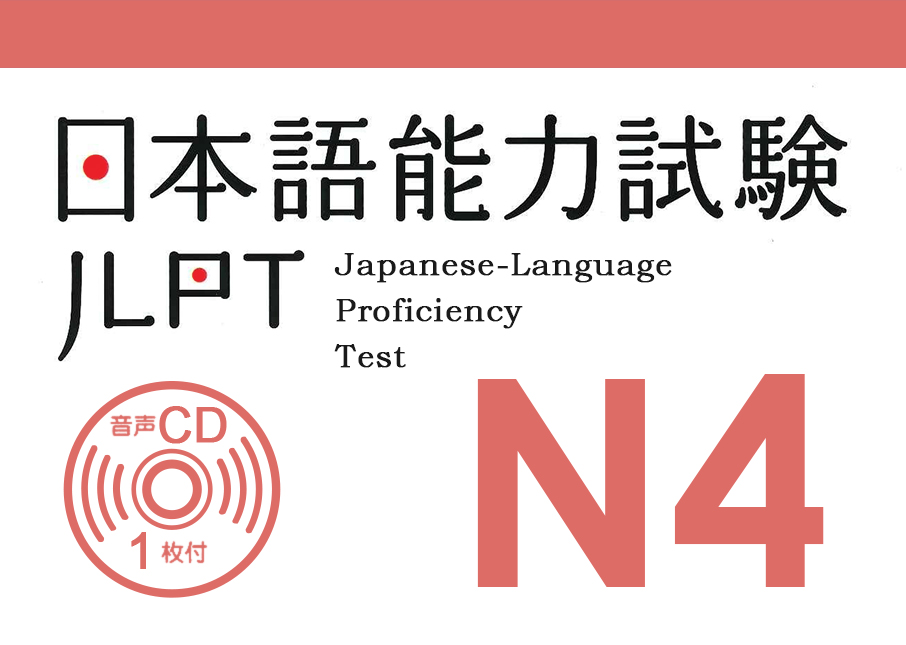COURSES
About N5
This course is specially designed for the participants from the beginner to Japanese level.
During this course,
Can greet people and speak about daily life using Keigo (Polite speech)
Able to read and understand typical everyday expressions and sentences written in hiragana, katakana, and kanji.
Understand basic Japanese grammatical structure and write short sentences in hiragana and katakana.
Able to listen and comprehend daily life topics as long as someone is speaking slowly.
Classes will be taken mainly in Japanese to get conversant with Japanese language.
About N4
This course is specially designed for the foreigners who can live without any big hassles in Japan.
During this course,
Able to take part in everyday conversation about their lifestyle, ideas, can exchange information about Japan and their native country
Understand simple daily life phrases, gradually read the sentences with Kanjis.
Understand basic Japanese grammatical structure and write short sentences in hiragana and katakana.
Able to listen and comprehend daily life topics as long as someone is speaking slowly.
Classes will be taken only in Japanese to get conversant with Japanese language.
About N3
This course is specially designed for the job seekers who can try to find the job with this Japanese level
During this course,
Able to read full passages smoothly with correct pronunciation and intonation
Able to listen and comprehend about 70 to 80% of native speaker's communication.
Can derive a limited amount of information from the article in Newspaper and magazine
Can understand the difference between formal and casual communication styles and use them appropriately while speaking.
About N2
This Course shall certify to the companies who can hire foreigner without any hesitation.
During this course,
Can speak logically and can participates in the common debates with native Japanese.
Able to understand the most of the contents in newspapers, magazine, movies etc.
Can read and understand the general information, manuals, instructions which is intended for native people
Able to present a presentation in formal Japanese without any struggle.
About N1
This course is specially designed to certify the participants who can be almost native Japanese level.
During this course,
Can work as translator or interpreter in several domains as they are considered as bilingual professionals.
Can read and understand the full contents of economic newspapers, politics, law etc.
Can able to participate in TV shows if the participants have some kind of professional expertise in their domain.
Conversant with standard kanji (jouyou kanji) and write in essays in Japanese language.
What is JLPT?
JLPT stands for the Japanese Language Proficiency Test which is the most universal and well known Japanese language test available. The JLPT is a standardized test that evaluates and certifies Japanese language proficiency of non-native speakers. The JLPT was established in order to create a standardized certificate which could be used by Japanese companies & universities. So, JLPT can be a deciding factor in helping you to find a job in Japan.
There are 5 Level in JLPT - N5, N4, N3, N2 and N1 with N5 being the easiest and N1 being the difficulty level.
JLPT Level:
N1 - Advanced Level: Hardest level and can be considered as a native Japanese level. Able to read newspapers and can work as a translator or interpreter as bilingual professionals.
N2 - Business Level: A level with second-to-hardest level and gains high priority in the hiring process. One can hold any position in the organization and communicate in the business level without any preparation.
N3 - Intermediate Level: The first level in helping you to get a job in Japan. This level is considered as the minimum proficiency for basic jobs and one can start a carrier in Japan. Can understand the difference between formal and casual communication styles.
N4 - Elementary Level: Can be mastered in Basic Japanese language. Able to take part in everyday conversation and comprehend daily life topics.
N5 - Basic Level: Gives you a good start to the language. Able to greet people and can understand basic Japanese expression.



